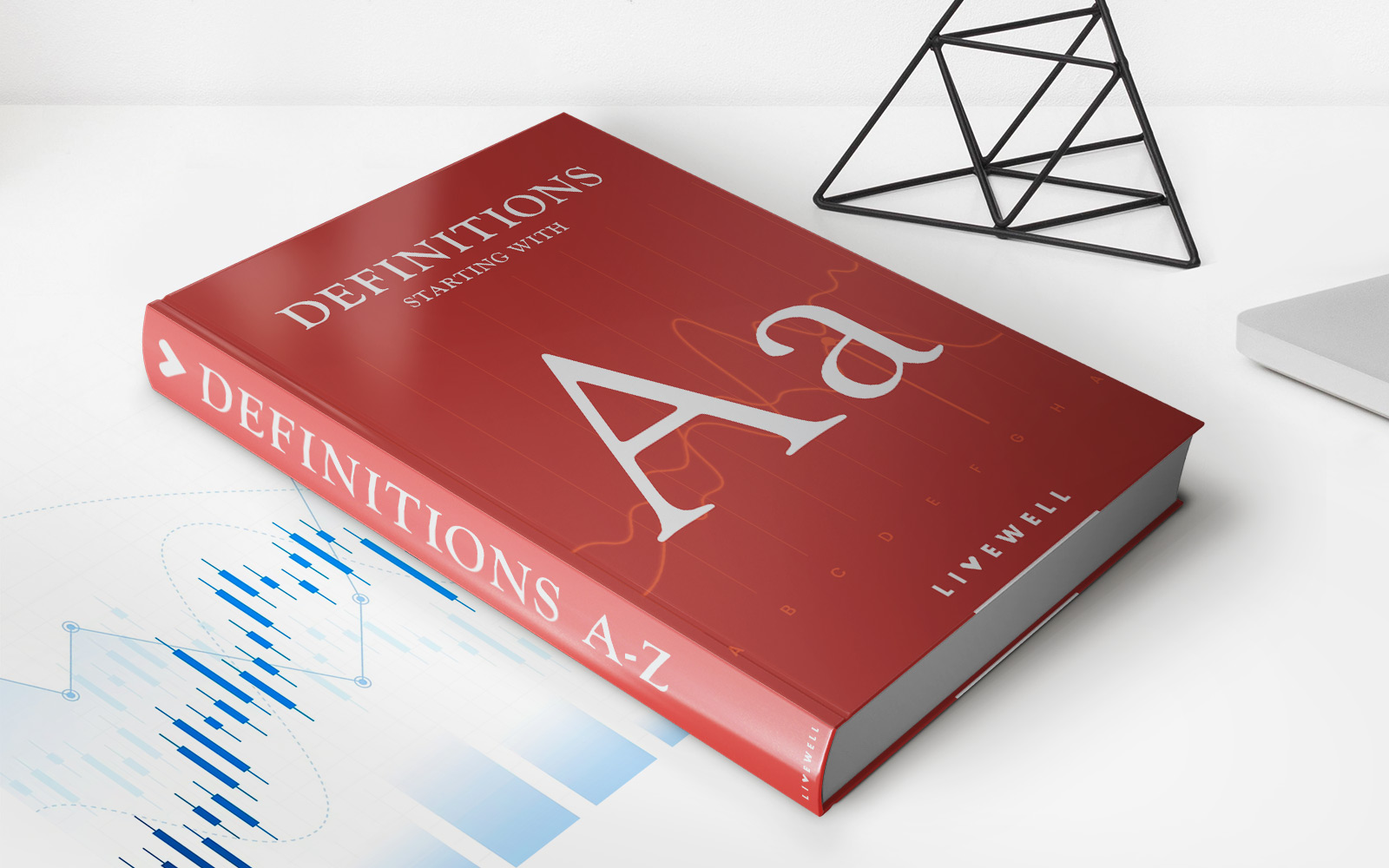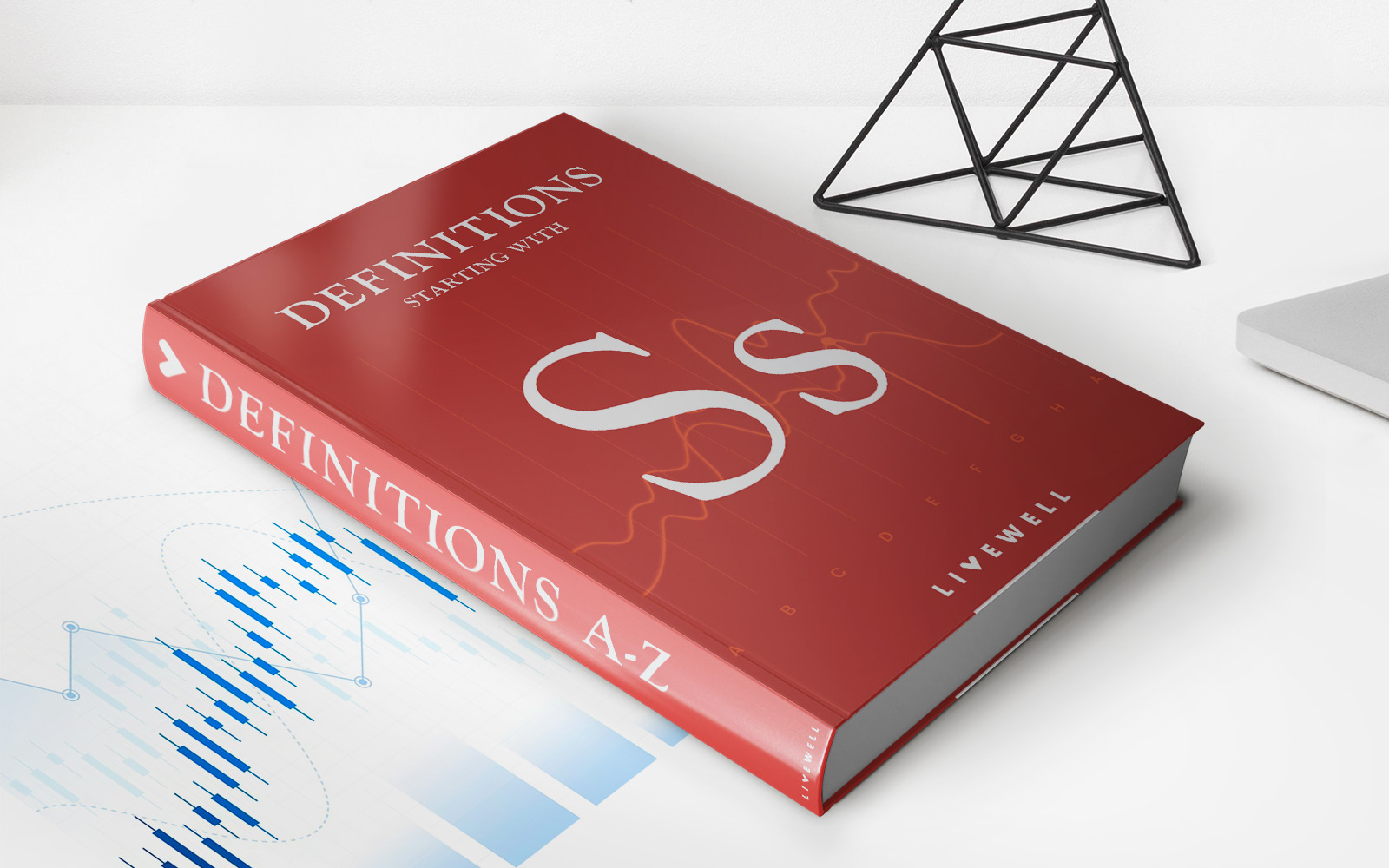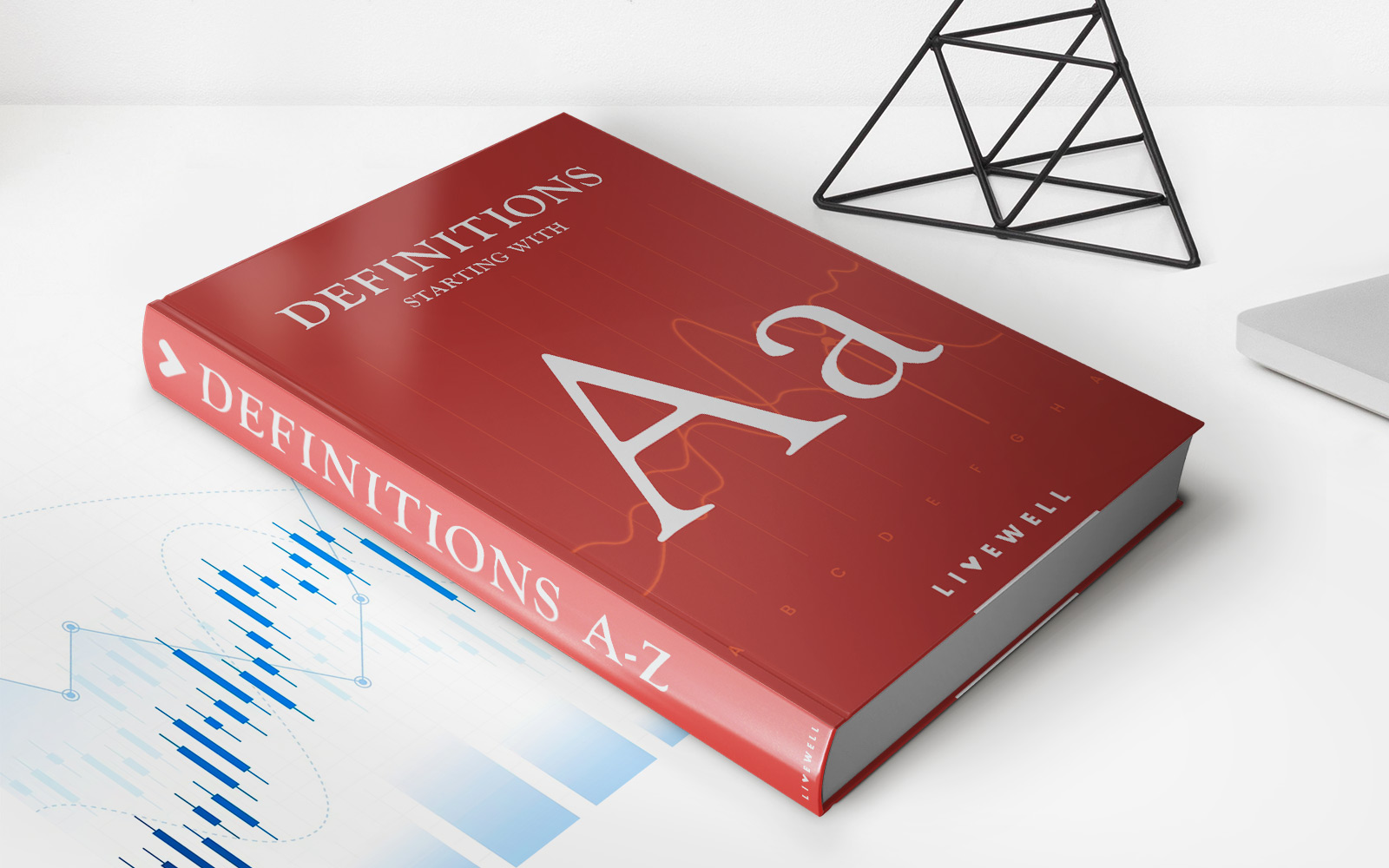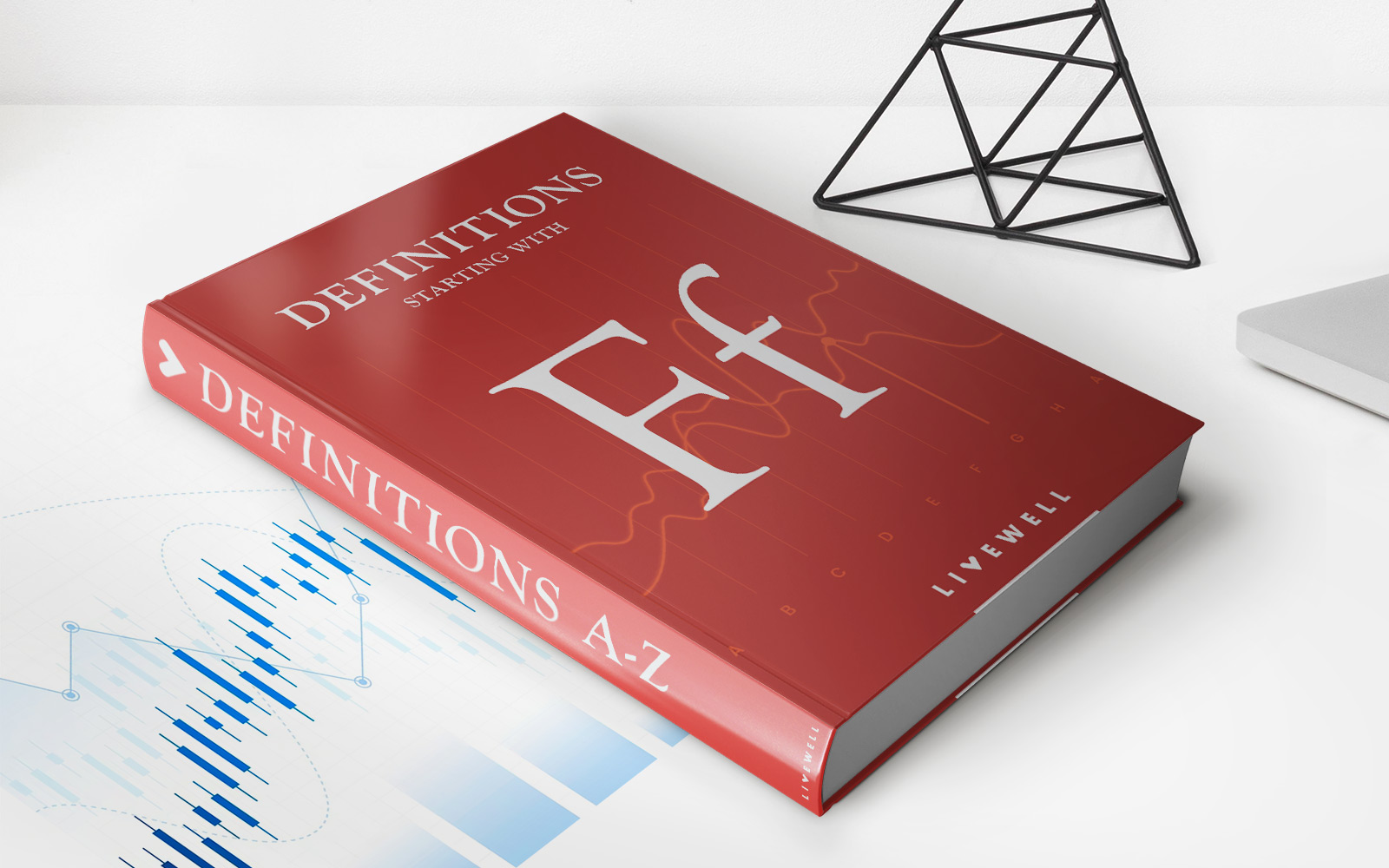Home>Finance>In What Way Are Insurance Policies Said To Be Aleatory?


Finance
In What Way Are Insurance Policies Said To Be Aleatory?
Published: November 10, 2023
Discover how insurance policies are considered aleatory in the field of finance and explore the unique nature of these contracts. Gain insights into the unpredictability and risk-sharing aspects of insurance.
(Many of the links in this article redirect to a specific reviewed product. Your purchase of these products through affiliate links helps to generate commission for LiveWell, at no extra cost. Learn more)
Table of Contents
Introduction
Insurance policies are a fundamental component of the modern financial landscape, providing individuals and businesses with protection against unexpected losses. At their core, insurance policies are categorized as aleatory contracts, which means they are based on an element of chance or uncertainty. This legal concept acknowledges that the outcomes and benefits of insurance policies are contingent on unforeseen events, making them distinct from other types of contracts that are more deterministic in nature.
The aleatory nature of insurance policies stems from the fact that the value exchanged between the insured and the insurer is not necessarily equal or proportionate. Unlike other types of contracts where there is an equal exchange of value, insurance policies often involve the payment of premiums by the insured in return for the promise of financial compensation or coverage from the insurer in the event of a specified loss or occurrence.
This article will delve into the concept of aleatory contracts and explore the characteristics that make insurance policies inherently aleatory in nature. We will examine the uncertain aspects of insurance policies, the variable nature of premiums and benefits, and the shared risk assumption between the insured and the insurer. By understanding the aleatory nature of insurance policies, individuals can make more informed decisions when selecting and utilizing insurance coverage.
Additionally, we will provide real-world examples to illustrate how the aleatory nature of insurance policies manifests in different types of coverage, such as life insurance, property insurance, and health insurance. Through these examples, readers will gain a deeper understanding of the inherent uncertainties and potential outcomes involved in insurance contracts.
Definition of Aleatory Contracts
Aleatory contracts, also known as contingent contracts, are legal agreements where the performance or outcome of the contract is dependent on an uncertain event or future occurrence. In these types of contracts, the value exchanged between the parties is not necessarily equal or symmetrical, as it is in deterministic contracts. Aleatory contracts are often used in situations where the outcomes are unpredictable and involve an element of chance.
In the context of insurance, aleatory contracts acknowledge the inherent uncertainty surrounding the occurrence of specific events that may trigger a claim. The insured party pays a premium to the insurer to obtain coverage for potential risks, such as accidents, illnesses, or property damage. The insurer, in turn, promises to compensate the insured for covered losses should they occur.
Unlike other types of contracts, such as bilateral contracts, where both parties are bound by mutual promises and obligations, aleatory contracts have a degree of imbalance. The value received by the insured in exchange for the premium paid is contingent on the occurrence of a loss. If no loss occurs, the insured may not receive any direct financial benefit beyond the assurance of coverage.
Aleatory contracts are also characterized by the fact that the potential benefits or payouts can surpass the premiums paid by the insured. In some cases, insurers may have to pay out a significant sum of money to cover a loss that far exceeds the premiums collected. This potential for an unequal distribution of benefits further exemplifies the uncertain and contingent nature of aleatory contracts.
It is important to note that while insurance policies are a common example of aleatory contracts, not all contracts involving uncertain events fall under this category. Aleatory contracts require an element of chance and unpredictability to be considered truly aleatory. The occurrence of the uncertain event should significantly impact the performance of the contract, rather than being a mere possibility.
Overall, aleatory contracts, such as insurance policies, recognize and account for the inherent uncertainties associated with the occurrence of specific events, ensuring that individuals are protected against potential losses caused by these uncertain events.
Characteristics of Insurance Policies
Insurance policies possess distinct characteristics that differentiate them from other types of contracts. These characteristics reflect the aleatory nature of insurance contracts and play a crucial role in defining the relationship between the insured and the insurer. Understanding these characteristics is essential for both individuals seeking insurance coverage and those involved in the insurance industry.
- Uncertainty: Insurance policies are rooted in uncertainty, as they are designed to provide protection against unforeseen events or losses. The insured party cannot predict with certainty when or if they will experience a covered loss. This uncertainty creates the need for insurance coverage to mitigate potential financial risks.
- Premiums and Benefits as Variable Aspects: In insurance policies, premiums are the regular payments made by the insured to the insurer in exchange for coverage. The premiums are based on multiple factors, such as the level of coverage, the insured’s risk profile, and the likelihood of the event occurring. The amount of the premium can vary based on these factors and may be adjusted over time. Similarly, the benefits or payouts provided by the insurer are contingent on the occurrence of a covered loss. The value of these benefits can also vary depending on the extent of the loss and the terms of the policy.
- Risk Assumption by Insurer and Insured: Insurance policies involve the transfer of risk from the insured to the insurer. The insured pays premiums to transfer the financial burden of potential losses to the insurer. In exchange, the insurer assumes the risk and promises to provide compensation or coverage in the event of a covered loss. This risk transfer mechanism allows individuals and businesses to mitigate the potential impact of financial losses resulting from unforeseen events.
- Shared Economic Interest: Insurance policies create a shared economic interest between the insured and the insurer. Both parties have a vested interest in minimizing losses and ensuring the long-term stability of the insurance relationship. The insured wants to avoid loss, while the insurer aims to manage risk effectively to maintain profitability. This shared interest fosters a symbiotic relationship where both parties work together to mitigate risks and uphold the terms of the insurance contract.
- Legal Contracts: Insurance policies are legally binding contracts that outline the rights and obligations of both parties involved. They establish the terms and conditions of coverage, including the scope of the policy, the duration of coverage, and the procedures for making claims. These contracts provide a legal framework for resolving disputes and enforcing the obligations of the insured and the insurer.
By understanding the fundamental characteristics of insurance policies, individuals can make informed decisions when selecting coverage, and insurers can effectively assess risks and offer appropriate contracts. These characteristics serve as the backbone of the insurance industry, ensuring the smooth functioning of the insurance market and providing individuals and businesses with the necessary protection against unforeseen events.
Uncertainty in Insurance Policies
Uncertainty is a key aspect of insurance policies and is inherent in the nature of the unpredictable events and risks that insurance aims to mitigate and provide coverage for. Insurance policies are designed to provide financial protection against uncertain and unforeseen events that may result in losses or damages.
Insurance operates on the principle of pooling and spreading risk among a large number of policyholders. Individuals pay premiums to the insurer, which are then used to cover potential losses experienced by policyholders. The uncertainty lies in the fact that it is impossible to predict with absolute certainty when or if a specific loss will occur.
Insurance policies typically outline specific covered events or risks, such as accidents, illnesses, property damage, or liability claims. However, the occurrence of these events is uncertain and may vary from person to person or from property to property.
For example, in health insurance, individuals may purchase coverage to protect themselves against unexpected medical expenses. The exact occurrence and cost of medical treatments are highly uncertain and can vary greatly from person to person. The insured may not know in advance when they will require medical care or the exact amount they will need to spend on healthcare services.
Similarly, in property insurance, homeowners may purchase coverage to protect their homes and belongings against potential risks such as fire, theft, or natural disasters. While the risk of these events occurring can be assessed based on historical data or geographical location, the exact timing and severity of such events remain uncertain. Homeowners cannot predict when a fire may break out or when a storm may cause damage to their property.
The uncertainty in insurance policies extends to the timing and frequency of claims as well. Policyholders may pay premiums for years without experiencing any covered losses, or they may end up making multiple claims within a short period. The timing and frequency of occurrences are subject to chance and cannot be precisely determined in advance.
Insurance companies utilize actuarial analysis and statistical models to assess and manage the level of uncertainty associated with different risks. These tools help insurers determine appropriate premium rates, policy limits, and coverage terms based on historical data and projections.
Overall, the uncertainty in insurance policies stems from the unpredictable nature of specific events and the inability to forecast the occurrence and extent of future losses. Insurance serves as a financial safety net by providing coverage and protection against these uncertain risks, allowing individuals and businesses to manage their potential liabilities and safeguard their financial well-being.
Premiums and Benefits as Variable Aspects
In insurance policies, premiums and benefits are dynamic and variable aspects that reflect the unique circumstances of each policyholder and the uncertainties associated with the insured risks. These variable aspects play a crucial role in the establishment and maintenance of insurance contracts, ensuring that the costs and coverage adequately align with the specific needs and risks of the insured.
Premiums: Premiums are the regular payments made by the insured to the insurer in exchange for insurance coverage. The amount of the premium is determined based on various factors, including the type of coverage, the insured’s risk profile, the value of the insured property, and the likelihood of the insured event occurring. Premiums serve as a source of revenue for the insurer, enabling them to assess and assume risks while providing financial protection to the insured.
The variable nature of premiums allows insurance contracts to be tailored to the specific risk exposure of the insured. For example, in auto insurance, premiums may be influenced by factors such as the insured’s driving history, age, and the make and model of the vehicle. Higher-risk drivers or vehicles may attract higher premiums, reflecting the increased likelihood of accidents or claims.
Insurance premiums can also be adjusted over time to account for changes in circumstances. For instance, in life insurance, premiums may increase as insured individuals age or if they acquire medical conditions that pose a higher risk. Insurers periodically review and reevaluate policyholders’ premiums to ensure that the coverage remains appropriate and reflects the changing risk profiles.
Benefits: The benefits or payouts provided by insurance policies are the financial compensations payable to the insured upon the occurrence of a covered loss. The value of benefits is contingent on the extent of the loss and the terms of the policy. These benefits can be in the form of direct financial compensation, reimbursement for incurred expenses, or provision of services.
The variable nature of benefits ensures that policyholders receive appropriate compensation that reflects the incurred losses. In property insurance, for example, the benefits provided for damage or loss to a property will depend on the assessed value of the property and the extent of the damage. Insurers may use appraisers or other professionals to determine the fair and reasonable compensation for the insured.
Insurance policies also often include provisions for policyholders to customize the coverage and benefits to better suit their needs. Optional riders or endorsements can be added to the base policy to enhance the coverage, increase benefit amounts, or extend coverage to specific risks or events. This flexibility allows individuals to tailor their insurance policies to better align with their unique requirements and risk tolerance.
Overall, the variable aspects of premiums and benefits in insurance policies ensure that the costs and coverage adequately reflect the specific risks, circumstances, and needs of the insured. The flexibility in determining premiums and benefits enables insurance contracts to be personalized and responsive to changes in the insured’s circumstances and risk exposure.
Risk Assumption by Insurer and Insured
In insurance policies, the assumption and management of risk are shared between the insurer and the insured. This collaboration allows individuals and businesses to transfer potential financial burdens to the insurer while providing a mechanism for the insurer to assess and price the risks effectively.
Insured’s Perspective: The insured party seeks insurance coverage to mitigate the potential financial impact of unforeseen events or losses. By purchasing an insurance policy, the insured transfers the risk of potential losses to the insurer. The insured pays premiums to the insurer in exchange for the promise of coverage in the event of a covered loss. This transfer of risk provides a sense of security and protection to the insured, allowing them to manage potential liabilities and financial risks.
From the insured’s perspective, assuming the potential losses on their own could be financially devastating or even catastrophic. Insurance coverage acts as a cushion, providing a safety net that helps individuals and businesses recover from losses without suffering substantial financial consequences.
Insurer’s Perspective: On the other hand, the insurer assumes and manages the risks associated with providing insurance coverage. Insurers assess and evaluate various factors, such as historical data, statistical models, and actuarial analysis, to determine the likelihood and magnitude of potential losses. They use this information to calculate premiums that adequately cover the expected losses while accounting for their operating costs and profit margin.
Insurance companies employ underwriters and risk assessors who evaluate the risks presented by potential policyholders. They consider factors such as the insured’s risk profile, claims history, and the type of coverage requested. Based on these assessments, insurers determine the terms and conditions of the policy, including the premium amount and coverage limits.
In this shared risk assumption model, both the insurer and the insured have a vested interest in managing and mitigating risks effectively. The insurer employs risk management strategies to control the frequency and severity of claims, such as implementing deductibles and offering risk mitigation advice to policyholders. The insured, in turn, takes precautions to minimize their exposure to potential losses and adheres to the terms of the policy to maintain coverage.
By sharing the responsibility of risk assumption, insurance policies provide a mechanism for individuals and businesses to transfer the financial burden of potential losses to the insurer. Insurers, meanwhile, leverage their expertise and resources to assess and price risks effectively, ensuring their ability to honor coverage commitments while managing their own financial stability.
The collaborative approach of risk assumption in insurance policies promotes a sense of shared responsibility between the insured and the insurer. It fosters a symbiotic relationship where both parties work together to manage risks, protect against financial losses, and ensure the long-term sustainability of the insurance contract.
Examples of Aleatory Nature in Insurance Policies
The aleatory nature of insurance policies is evident in various aspects of coverage, premiums, and benefits. Here are some examples that highlight the unpredictable and contingent nature of insurance contracts:
- Life Insurance: Life insurance policies are prime examples of aleatory contracts. The payment of premiums by the insured guarantees coverage in the event of the insured’s death. The timing of the insured’s death is uncertain, and the beneficiaries will only receive the financial benefits if the insured passes away during the policy term. If the insured outlives the policy term, there may be no direct financial benefit received by the insured or their beneficiaries.
- Property Insurance: Property insurance, such as homeowners or renters insurance, is another illustration of the aleatory nature of insurance. The insured pays premiums to protect their property against unforeseen events, such as fire, theft, or natural disasters. The occurrence and severity of these events are uncertain, and the benefits paid out by the insurer will depend on the extent of the covered loss. The insured may receive compensation or be reimbursed for damages only if a covered event occurs.
- Health Insurance: Health insurance demonstrates the aleatory nature of insurance through the uncertainty of medical expenses and the timing of illness or injury. Individuals pay premiums to secure coverage for potential healthcare needs. The occurrence and cost of medical treatments are highly uncertain. The insured will receive financial benefits from the insurer only if medical services covered under the policy are required, such as hospitalization or surgeries.
- Auto Insurance: Auto insurance is characterized by the unpredictability of accidents and their associated costs. Premiums are paid to protect against potential damages, injuries, or liability resulting from auto accidents. The insured cannot predict when or if an accident will occur. The insurer will provide a financial benefit or reimburse the insured for damages and liability claims only if an accident covered under the policy occurs.
These examples illustrate how the value and outcomes of insurance policies are contingent on uncertain events. The insured pays premiums and receives coverage based on the likelihood of specific events occurring, which can significantly impact the financial benefits received. The aleatory nature of insurance policies acknowledges that some insured individuals may pay premiums without experiencing a covered loss, while others may receive substantial benefits that exceed the premiums paid.
It is important for individuals to understand the aleatory nature of insurance policies when selecting coverage and managing their risks. By recognizing the element of chance and the potential outcomes associated with insurance contracts, individuals can make informed decisions about the types and levels of coverage that best suit their needs and financial circumstances.
Conclusion
Insurance policies are integral to managing financial risks and providing individuals and businesses with much-needed protection against unforeseen events. The aleatory nature of insurance contracts sets them apart from other types of agreements, with their value and outcomes contingent on uncertain events and losses.
Aleatory contracts recognize the inherent uncertainty in life and business and aim to provide a mechanism for individuals to transfer potential financial burdens to insurers. This shared assumption of risk allows policyholders to safeguard their financial well-being and insurers to assess and manage risks effectively.
The characteristics of insurance policies, such as the dynamic nature of premiums and benefits, underscore the variable aspects of coverage that align with the specific risks and circumstances of the insured. Premiums reflect the assessed level of risk, while benefits are contingent on the occurrence and extent of covered losses.
Uncertainty permeates insurance policies, as policyholders cannot predict with certainty when or if a specific loss will occur. The timing and frequency of claims are unpredictable, and the insured must rely on the insurer’s expertise and resources to manage potential risks and provide adequate coverage.
Examples across different types of insurance, such as life, property, health, and auto insurance, demonstrate the aleatory nature of these contracts. The insured pay premiums to protect against uncertain events, and benefits are paid out or reimbursed only if a covered loss occurs.
In conclusion, understanding the aleatory nature of insurance policies is crucial for both individuals seeking coverage and insurers providing it. By recognizing and embracing the uncertainty inherent in insurance contracts, individuals can make informed decisions about their risk management strategies, ensuring their financial stability and peace of mind. Insurers, in turn, can effectively assess and price risks, enabling them to offer appropriate coverage and sustain financially viable operations.
Insurance, as an essential component of the financial landscape, affirms its role in hedging against the uncertainties of life and business. The aleatory nature of insurance policies reflects the fundamental principle that the future is unpredictable, and by sharing the burden of risk, individuals and businesses can navigate uncertain times with greater confidence and security.














